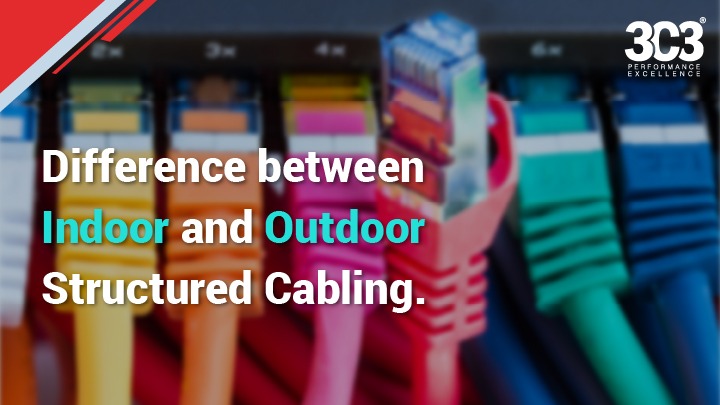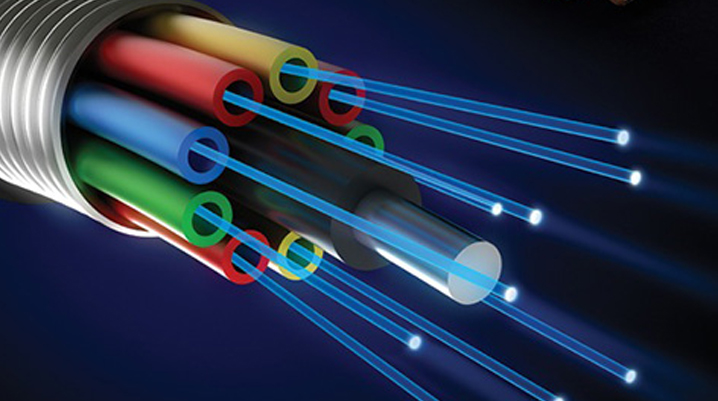Difference between Indoor and Outdoor Structured Cabling

In the telecommunications world, there has been an increase in the IP Application which has given rise to usage of CATegory Cables. Based on the application, the right cable must be recommended to maintain performance levels. For example, for an outdoor surveillance application, an outdoor cable is recommended as it would be installed outdoors underneath an adjacent parking structure, etc. The reason to use outdoor cables is so that they could offer protection from wind and moisture, but that doesn’t mean the cable cannot withstand high humidity levels or temperature fluctuations. Also, for a construction site, if a control cable is being installed underneath a bridge, the cable in this case would be an outdoor cable which is protected from the elements but at the same time it would be exposed to temperature fluctuations and humidity. Thicker, more resistant outer jackets are also used to protect cable from environmental elements.
Indoor vs outdoor structured cables:
Regardless of the kind of cable you’re installing, it is likely that there will be a difference in the cost for the cables, depending on the application and the type of cable you choose. The cost often depends on the protection measures taken.
The main difference between indoor and outdoor cables is the outer jacket. Outdoor cables have a strong waterproof jacket, which means that they are not ideal for usage beneath the ground unless they are in a conduit. However, indoor cables are designed differently from outdoor cables. They usually get compromised in an underground wet soil. In addition, it is also vital to select the type of outer jacket of the indoor cable as well which today OEM offers in jackets like PVC, FRPVC, LSZH and Plenum based on the fire rating standards.
Another key difference of an outdoor cable from an indoor cable is their bulkier structure and larger jacket thickness, because they are built to stand firm against outdoor problems. A dense jacket material helps in protecting the cable from abrasion and interference of transmission signals from vibrations. The jackets of outdoor cables make use of water blocking polyethene materials. This material plays a vital role in compression, tensility and offers protection from damage caused by water and the sun sunscreen. These materials are comparatively soft. They can sustain the versatility of indoor wiring to a more considerable extent and adapt to indoor wiring. Therefore, the jacket of the indoor cables should be protected when the wiring is worn out. Today, OEM offers Armoured or Unarmoured, Double or Single Jacketed cables based on the application i.e. Ariel, within Conduit/raceway or even direct burial.
Thus, choosing the right media for both outdoor vs indoor network cable plays a crucial role for the performance as well as longevity of the system. The cabling infrastructure should be capable of enhancing the application as well as boost the performance of the active equipment thereby ensuring that the final combined solution offered to the customers meets their requirement as well as the Standards as specified by ANSI/TIA or ISO/IEC.






